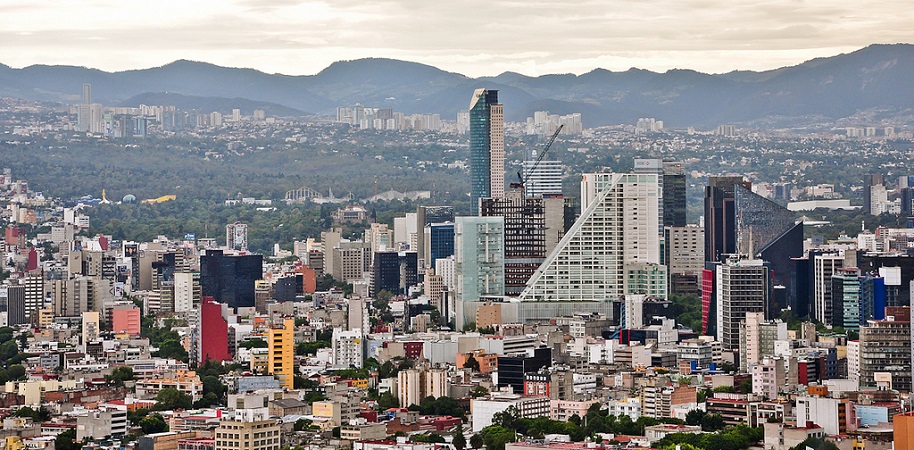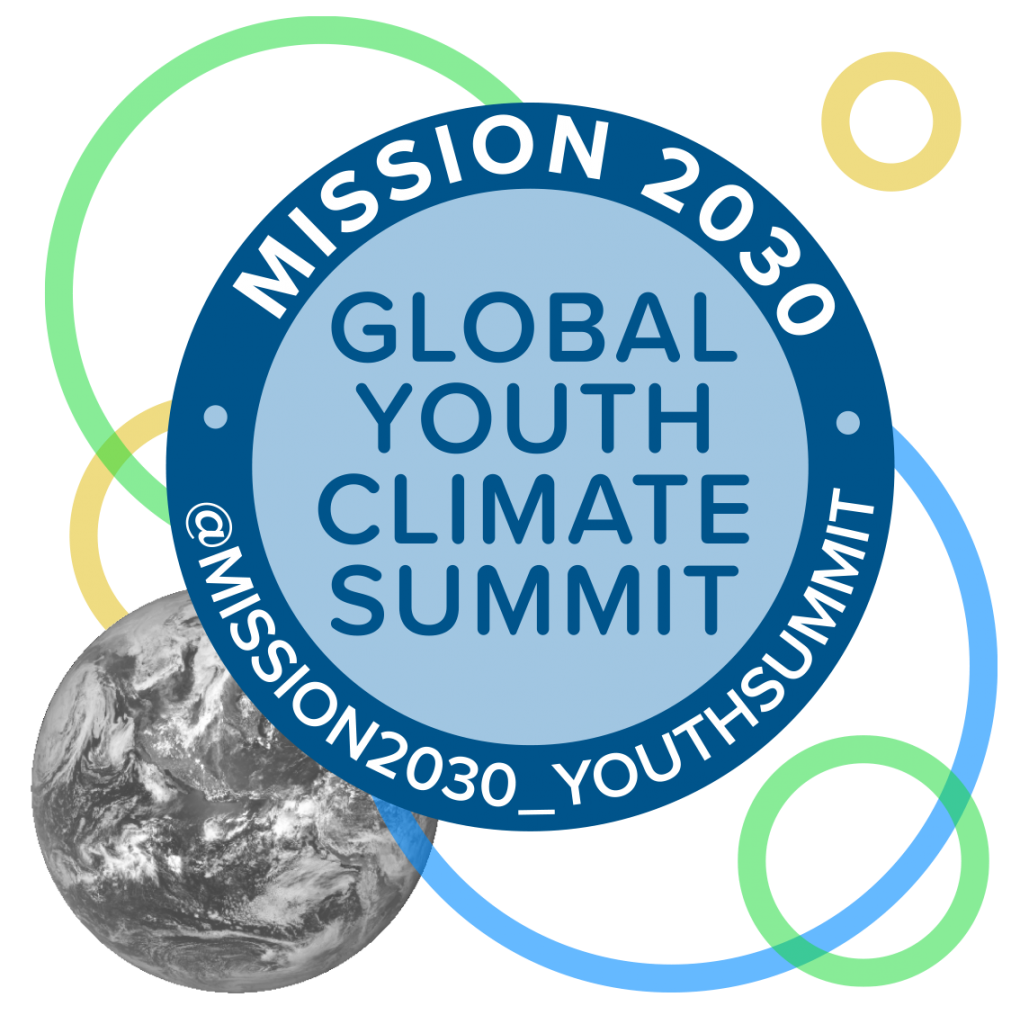Climate Change as a Design Problem
Read the entire article at The New York Times.
Many discussions of climate change begin at the water’s edge, in cities and towns where the rising ocean is an existential threat, or will be soon. But when he chose to embark on a series on the topic, Michael Kimmelman, The New York Times’s architecture critic, started instead with a long look at landlocked Mexico City.
The city has historically struggled to provide adequate drinking water, saddled as it is with inadequate infrastructure, a shortsighted administration and urban sprawl. The danger, then, isn’t water, but drought — which the city is at increased risk for because of climate change. “So climate change is not going to drown Mexico City. But what it does is act like a spark in the tinder.”
For the first time in human history, more people now live in cities than don’t, Mr. Kimmelman said, “so the way we build our cities and prepare for the future is the question of our human survival.” That is the question he has set out to explore in a new series entitled “Changing Climate, Changing Cities,” in collaboration with the Times multimedia journalist Josh Haner: How these most complex and dynamic of human creations can meet the challenges of rising seas, longer droughts, stronger storms and scorching heat, and how efforts to do so will change our cities in turn.
That climate change is occurring is the overwhelming scientific consensus — the questions now are how to stem emissions, what exactly the effects of climate change will be and how best we can mitigate them. Mr. Kimmelman decided to explore those topics through the design and architecture of our cities, attempting, along the way, to capture a bit of the cultures behind them as well. “I want the series to deal not just with the climate question, but to talk about the nature of these cities,” he said. It’s no mean feat. “Writing about cities as if they were characters is very complicated.”
Despite the myriad challenges that climate change presents, Mr. Kimmelman views the story he’s crafting as ultimately an optimistic one. Mitigating the damage of climate change’s effects, and preparing for more, is usually just viewed as a cost. “But the changes that can be made throw off all sorts of other benefits for cities,” he said. “And the long-term economic as well as social benefits can be huge.”


